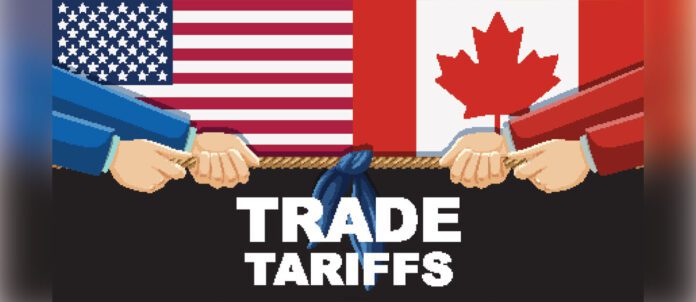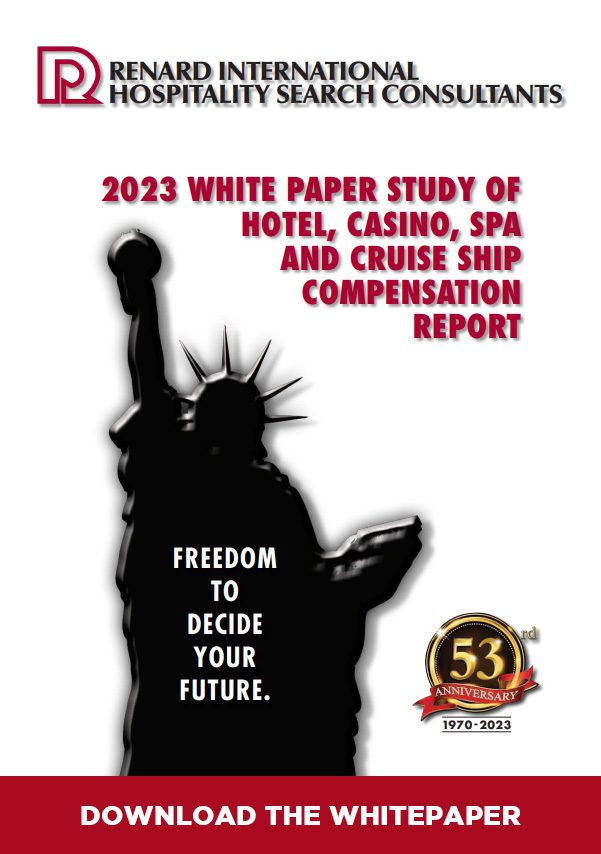OTTAWA — The first round of U.S. tariffs are now in effect. A 25 per cent tariff has been imposed on all goods going into the U.S. from both Canada and Mexico, with a 10 per cent tariff on oil and gas.
In response, Canada has issued an initial 25 per cent tariff on $30 billion worth of U.S. goods, with additional tariffs on another $125 billion worth of U.S. goods to come three weeks later, according to Prime Minister Justin Trudeau.
“Our tariffs will remain in place until the U.S. trade action is withdrawn, and should U.S. tariffs not cease, we are in active and ongoing discussions with provinces and territories to pursue several non-tariff measures,” said Prime Minister Trudeau in a statement. “While we urge the U.S. administration to re-consider their tariffs, Canada remains firm in standing up for our economy, our jobs, our workers, and for a fair deal.”
Additional tariff implementation deadlines remain as follows:
March 12: A 25 per cent tariff on global steel and aluminium imports, including Canadian products, on top of any previously threatened 25 per cent tariffs, which could mean a 50 per cent stacked tariff in certain sectors.
April 2: A 25 per cent tariff on global auto imports, including Canada. It’s not clear if this would be collected in addition to other threatened import duties. Additionally, unspecified “reciprocal tariffs” against all countries that sell goods to America in response to perceived tariff and non-tariff barriers such as value-added sales taxes (such as Canada’s GST), export subsidies that other nations use to support their products, digital service taxes and perceived protectionist policies on automobiles, lumber, semiconductor chips, pharmaceuticals and dairy products.


















